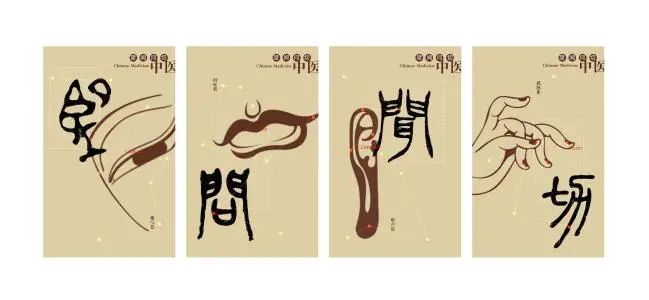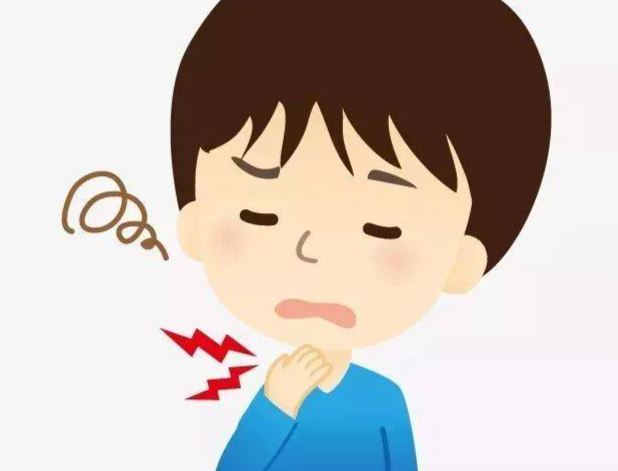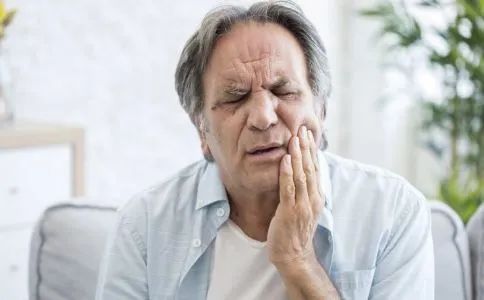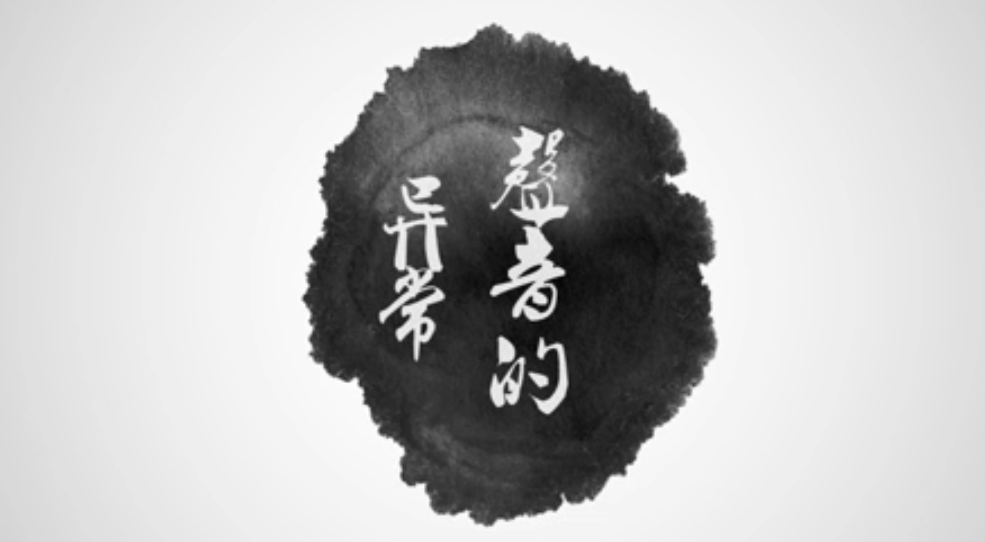Traditional Chinese Medicine Diagnosis – Auditory Diagnosis
Auditory diagnosis is a term in Traditional Chinese Medicine (TCM) diagnosis, one of the four diagnostic methods: observation, listening, inquiry, and palpation. TCM utilizes hearing and smelling to infer disease patterns from the sounds emitted by the patient and the various odors from bodily excretions.

Since the various sounds and odors produced by the human body arise from physiological and pathological activities of the organs, changes in sounds and odors can reflect the physiological and pathological changes of the organs. Clinically, this can help infer the state of Zhengqi (正气, vital energy) and determine the type of disease.
Auditory diagnosis includes both listening to sounds and smelling odors:
Listening to sounds refers to examining the patient’s voice, speech, breathing, coughing, vomiting, belching, sighing, sneezing, bowel sounds, and other noises. The main distinctions are based on the volume, pitch, and clarity of the sounds, which help differentiate cold, heat, deficiency, and excess.
Smelling odors can be divided into two aspects: the body’s odors and the odors of the environment. The odors from the body are primarily due to pathogenic factors causing the body’s organs, qi and blood, and body fluids to produce foul qi, which can be emitted from bodily orifices and excretions. Based on this, one can discern the cold, heat, deficiency, and excess of the organs and the location of pathogenic qi.

In clinical practice, auditory diagnosis, when combined with observation, inquiry, and palpation, allows for a comprehensive and systematic understanding of the patient’s condition, leading to accurate diagnosis of diseases.

Auditory Diagnosis
【Objectives】
1. Understand the changes in coughing, wheezing, belching, sneezing, and other sounds and their general clinical significance.
2. Familiarize with the general clinical significance of variations in the pitch, strength, and clarity of sounds such as breathing, speech, and vomiting; as well as the odors from the mouth, sweat, phlegm, urine, and the environment.
【Definition】Auditory diagnosis is a method of diagnosing diseases through listening to sounds and smelling odors.
【Content】Listening to sounds, smelling odors
Let’s first review the content we learned previously:
When qi moves, there are sounds. Each of the five organs has qi, and the movement of qi in the organs maintains physiological functions and smooth qi flow. If the qi of the organs undergoes pathological changes, corresponding sounds will be produced. Therefore, listening to changes in sounds can diagnose changes in the vocal organs and infer changes in the organs and overall condition.
Abnormal sounds will be studied from the following five aspects, including abnormal sounds, speech, breathing, coughing, and gastrointestinal sounds, etc.
Today, we will first look at the first aspect, abnormal sounds.
Abnormal sounds mainly include: abnormal voicing, hoarseness, loss of voice, snoring, moaning, exclaiming, sneezing, yawning, sighing eight types.

Abnormal Sounds (Part 1)
(1) Voicing
【Definition】Voicing refers to the pitch and clarity of speech sounds.
【Significance】To assess the state of Zhengqi, the nature of pathogenic qi, and the severity of the condition.
Generally speaking,
if the speech is high-pitched, clear, and strong, it indicates a yang condition, excess, or heat;
if the speech is low, weak, and hesitant, it indicates a yin condition, deficiency, or cold;

Heavy and turbid speech (heavy voice) — indicates external invasion of wind-cold, or dampness obstructing the lungs, or nasal diseases.
(2) Hoarseness and Loss of Voice
【Definition】Hoarseness refers to a raspy voice (mild condition); loss of voice refers to speech without sound (severe condition).
Speech production is a function of lung qi, which belongs to metal in the five elements and is capable of producing sound.
For example, consider two bells, representing the lungs. A complete bell produces a clear sound,
the first bell is a solid bell, which when struck does not produce a resonant sound but only a dull and hoarse sound, this is called metal solid not ringing;
the second bell is a broken bell, which also does not produce a resonant sound but only a dull and hoarse sound, this is called metal broken not ringing. Neither the solid nor the broken bell can produce a clear and loud sound. This analogy extends to lung pathology:
New illness — often excess conditions (wind-cold, wind-heat, phlegm-damp) (metal solid not ringing)
Chronic illness — often deficiency conditions (lung and kidney deficiency) (metal broken not ringing)
Additionally,
violent shouting or prolonged talking can lead to injury to qi and yin.

Loss of voice during pregnancy (子喑 yīn) — is a physiological phenomenon. It usually resolves after childbirth without treatment.
Sudden hoarseness in chronic severe illness — indicates the qi of the organs is about to fail.
☻ Note:Loss of voice is different from loss of speech: loss of voice means being conscious but unable to produce sound; loss of speech means being unconscious or semi-conscious and unable to speak, often seen in stroke or traumatic brain injury.
(3) Snoring
【Definition】Refers to the sound produced by the nose and throat during deep sleep or coma.
【Significance】Often indicates obstruction of the airways.
Patients with coma snore continuously — often associated with high fever and delirium or stroke entering the organs as a critical condition.
Snoring during deep sleep — often due to chronic nasal diseases or improper sleeping posture, more common in overweight individuals and the elderly.

(4) Moaning
【Definition】A sound of pain emitted when suffering is unbearable.
【Significance】Indicates pain and distension.
Moaning that is high-pitched and strong — indicates excess conditions and severe pain.

Moaning that is low and weak — indicates chronic illness and deficiency conditions.
Moaning can be combined with postural changes to determine the location of pain. (Pain is always present)
For example: moaning while protecting the abdomen — indicates epigastric pain or abdominal pain; moaning while protecting the head — indicates headache, etc.

In the “Biography of Bian Que”, Bian Que stated, “By hearing the yang, one can discern the internal condition.” As long as one hears the external manifestations, one can understand the internal conditions and treat the patient’s illness.
In daily life, most people do not pay much attention to changes in their voice. When they occasionally notice an abnormality, they often attribute it to temporary overuse of the voice. In reality, changes in voice can also serve as warning signals from other organs. Listening to sounds and recognizing diseases is something you must know!


Long press to recognize the QR code and follow Xile Liangyao
Let’s discover the wonders of TCM together and bring TCM closer to life.

